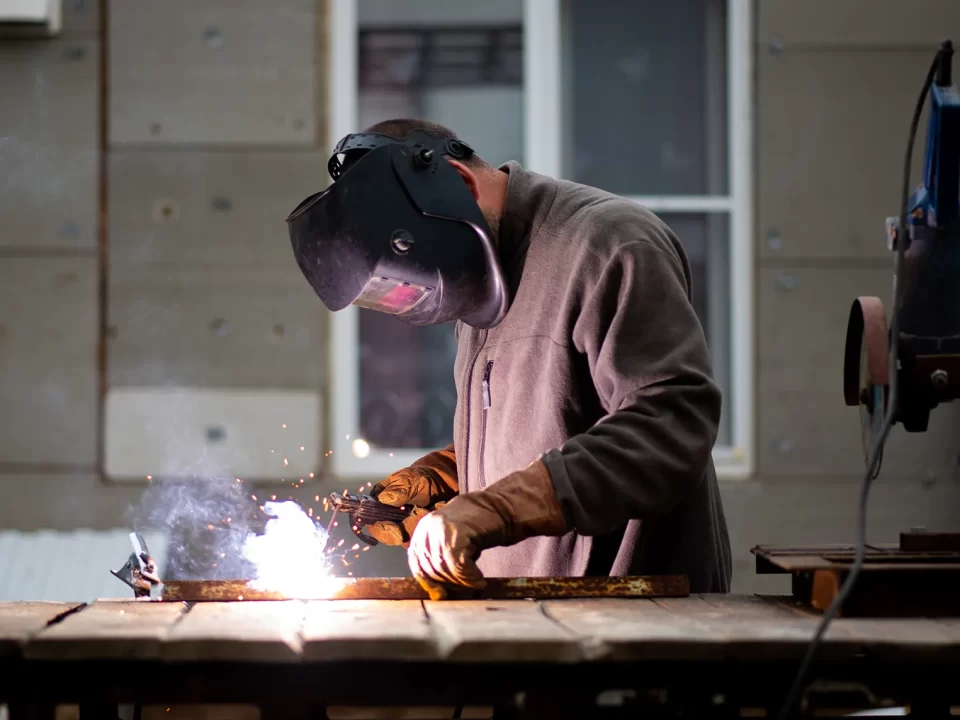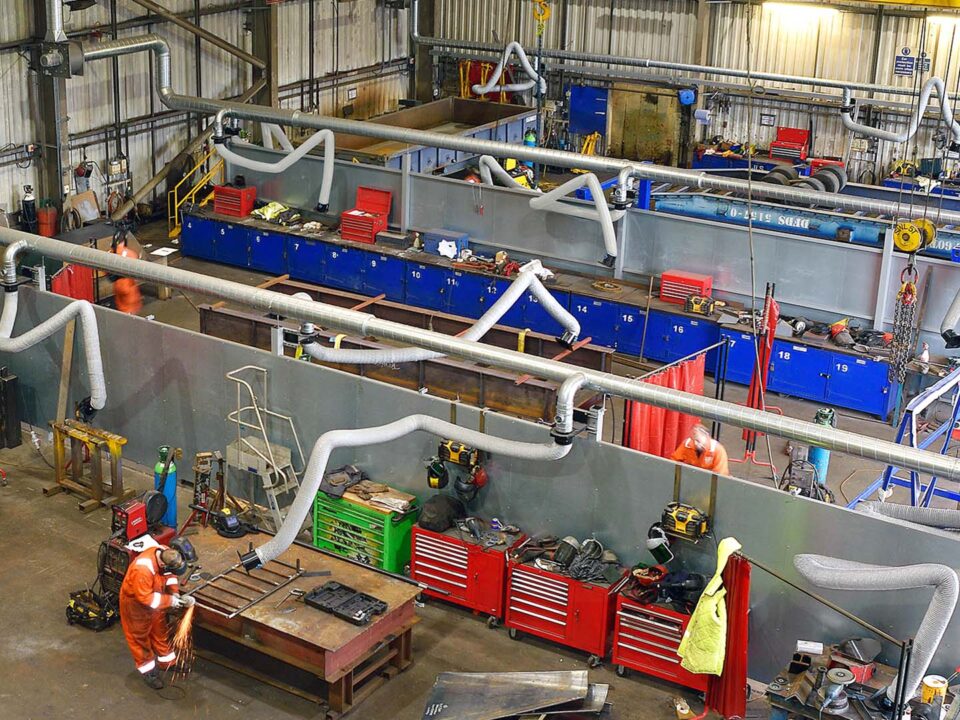
Understanding Robot Welding Machines: A Complete Guide
February 14, 2023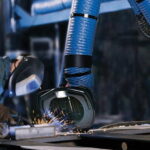
Achieving Cost Savings and Energy Efficiency with Welding Fume Extractors
March 3, 2023Welding is a common industrial process used to join two or more pieces of metal together. Welding machines, which are also known as welding power sources, are required to perform this process.
They convert electrical power into heat, which is used to melt the metal and create a bond between the pieces. However, the amount of power a welding machine consumes can vary depending on several factors.
In this article, we will explore the factors that affect power consumption of welding machines and the example of power consumption for different welding machines.
Introduction
Welding machines are used for various welding processes such as stick welding, MIG welding, and TIG welding. These machines consume electrical power to produce heat, which is used to melt the metal and create a bond.
It is important to understand the factors that affect power consumption of welding machines in order to choose the appropriate machine for your application.

Examples of Power Consumption for Different Welding Machines
Different types of welding machines have different power consumption requirements. Here are some examples:
1. Stick Welding Machines
Stick welding machines, also known as Shielded Metal Arc Welding (SMAW) machines, have a relatively low power consumption compared to other types of welding machines. The power consumption of a stick welding machine largely depends on its rated output current.
For example, a typical 100-amp stick welding machine may consume between 1,500 and 6,000 watts. However, the power consumption may increase for higher-rated machines.
Stick welding machines have a relatively low duty cycle and are generally not suitable for continuous welding applications.
2. MIG Welding Machines
MIG welding machines, also known as Gas Metal Arc Welding (GMAW) machines, consume more power than stick welding machines. This is because they require a constant flow of electrical current to maintain an arc between the welding gun and the workpiece.
A typical MIG welding machine may consume between 2,000 and 8,000 watts, depending on its rated output current and wire feed speed. High-powered MIG welding machines are often used in industrial applications where large and thick metal sheets need to be welded continuously.
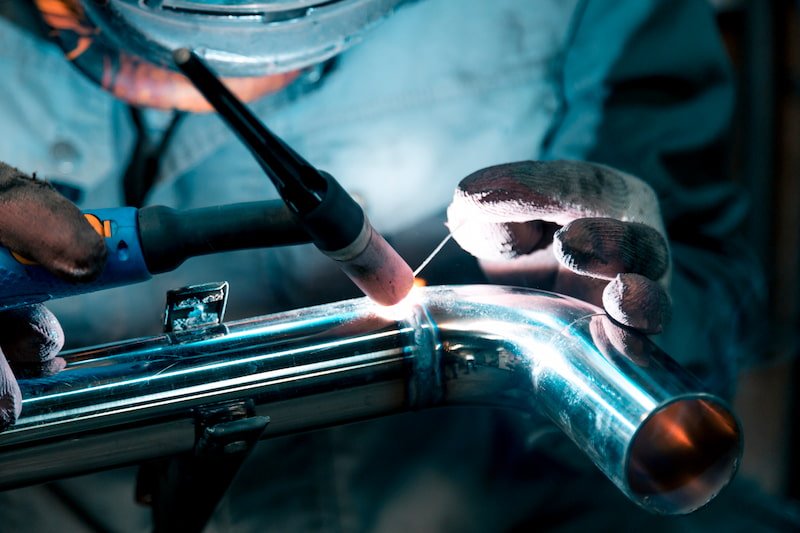
3. TIG Welding Machines
TIG welding machines, also known as Gas Tungsten Arc Welding (GTAW) machines, consume the least amount of power among the three types of welding machines. This is because they use a non-consumable tungsten electrode to produce an arc between the welding gun and the workpiece.
The arc produces heat, which is used to melt the metal and create a bond. A typical TIG welding machine may consume between 1,000 and 3,000 watts, depending on its rated output current.
TIG welding machines are often used for precision welding applications where high-quality welds are required, such as in aerospace and automotive industries.
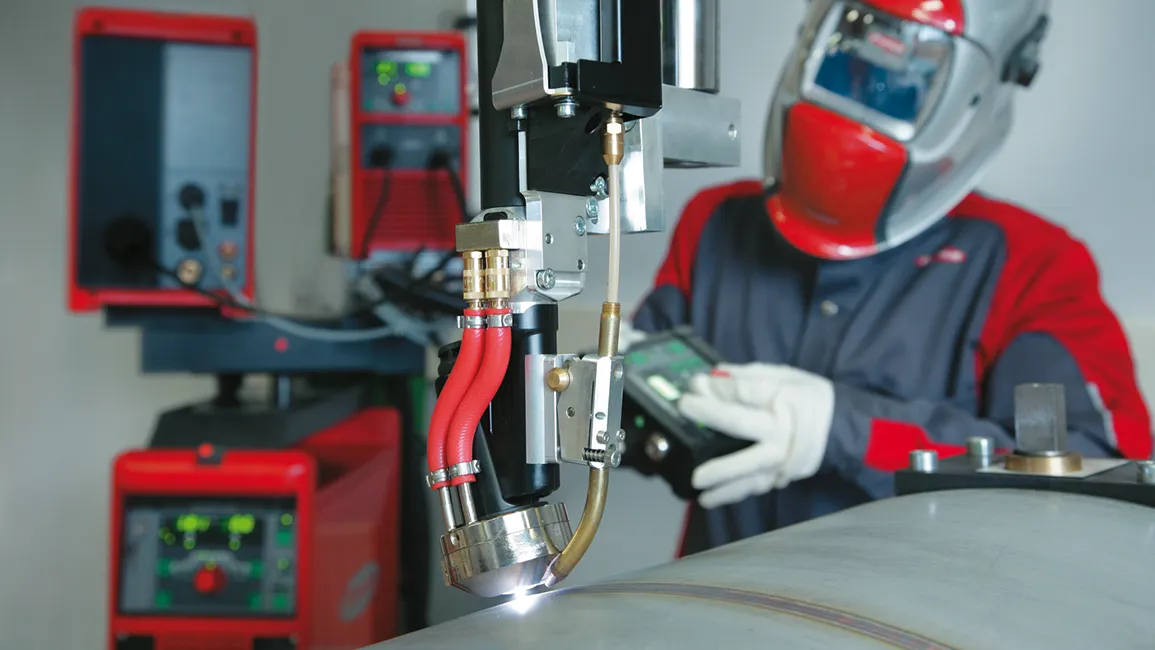
4. Plasma Arc Welding Machines
Plasma arc welding (PAW) machines use a high-velocity jet of ionized gas (plasma) to create an arc between the welding electrode and the workpiece. PAW machines consume more power than TIG welding machines but less than MIG welding machines.
A typical PAW machine may consume between 1,500 and 5,000 watts, depending on the rated output current and plasma gas flow rate. PAW machines are often used for welding high-strength metals in aerospace and automotive applications.
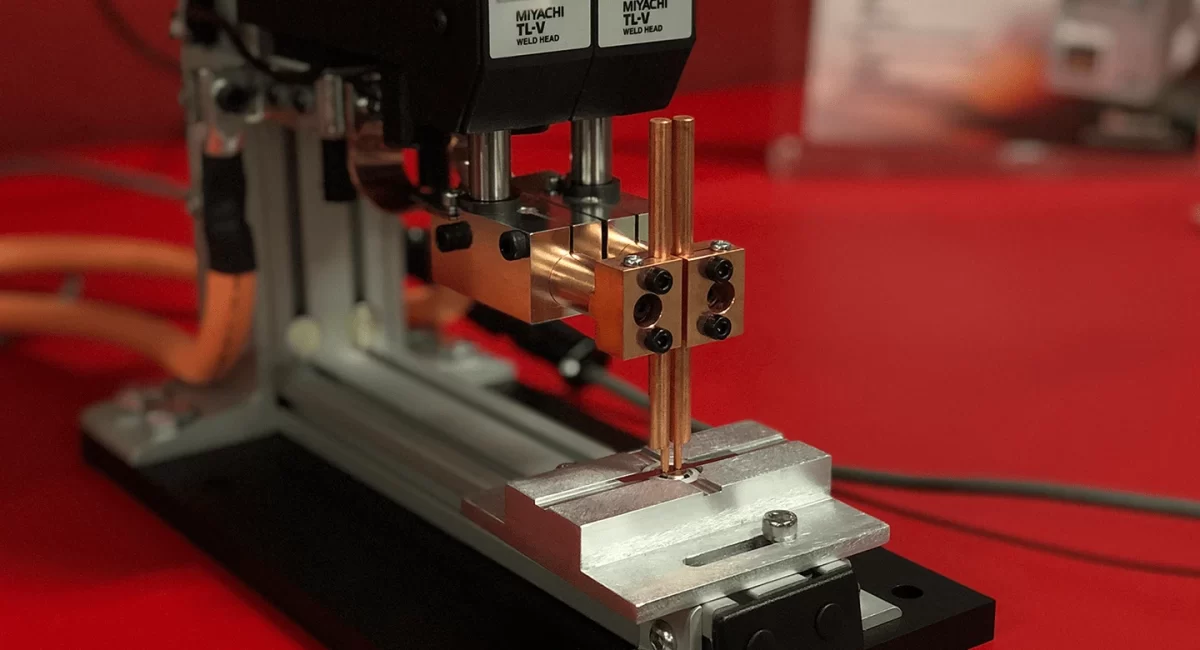
5. Resistance Welding Machines
Resistance welding machines use the heat generated by the resistance between two metal surfaces to melt and join them. These machines are commonly used in automotive and electronics manufacturing.
The power consumption of resistance welding machines varies depending on the type of machine and the size and thickness of the metals being welded.
For example, a typical spot welding machine may consume between 5,000 and 15,000 watts, while a seam welding machine may consume between 10,000 and 50,000 watts.
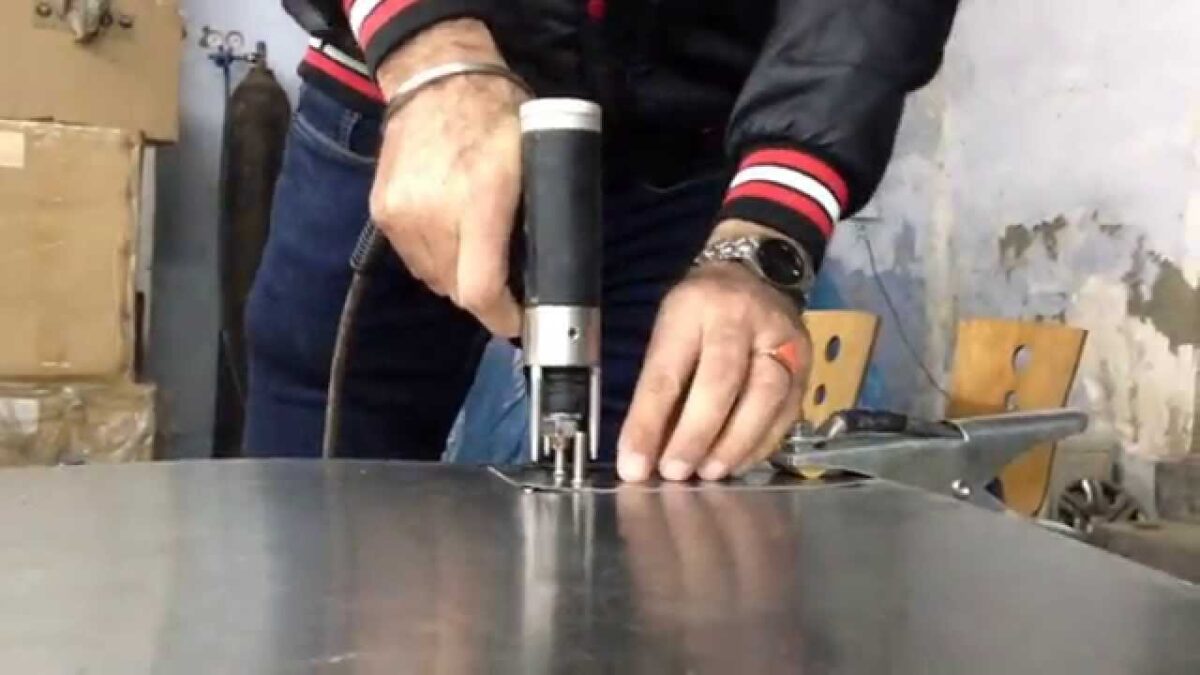
6. Stud Welding Machines
Stud welding machines are used to weld metal studs to a base material. These machines consume less power than other types of welding machines and are often used for welding thin gauge metals.
A typical stud welding machine may consume between 500 and 3,000 watts, depending on the size of the stud being welded.

7. Laser Welding Machines
Laser welding machines use a high-powered laser beam to melt and join metal parts. These machines are used for precision welding applications, such as in the medical and aerospace industries.
Laser welding machines consume more power than most other types of welding machines. A typical laser welding machine may consume between 5,000 and 30,000 watts, depending on the laser power and the metal thickness being welded.
In summary, the power consumption of welding machines varies depending on the type of machine, the metal being welded, and the welding technique used.
It is important to choose a machine that can handle the power requirements of your welding process while ensuring energy efficiency to keep operating costs low.

Factors Affecting Power Consumption of Welding Machines
1. Metal Thickness
The thickness of the metal being welded plays a significant role in determining the power consumption of the welding machine.
Thicker metals require more energy to be heated and fused together. Welding machines with higher power ratings may be required to weld thicker metals efficiently.
2. Welding Technique
Different welding techniques, such as TIG, MIG, and stick welding, have varying power consumption requirements. For example, TIG welding requires less power than MIG welding because it uses a non-consumable electrode and a low-current arc.
Stick welding, on the other hand, requires a higher current to create a stable arc and produce heat.
3. Duty Cycle
The duty cycle is the percentage of time a welding machine can operate in a 10-minute period before it needs to cool down. Welding machines with higher duty cycles consume more power because they are designed to operate continuously for longer periods.

4. Efficiency of the Machine
The efficiency of the welding machine affects the amount of power it consumes. Welding machines that are designed with high-efficiency transformers and power factor correction circuits consume less power and can save energy.
5. Wire Feed Speed
In MIG welding, the wire feed speed affects the amount of power the machine consumes. Increasing the wire feed speed increases the amount of power required to maintain the arc and produce heat.
6. Type of Power Source
The type of power source used to operate the welding machine can also affect its power consumption. For example, a machine that runs on a single-phase power supply may consume more power than one that runs on a three-phase power supply.
7. Environment
The environment in which the welding machine is used can also affect its power consumption. High-temperature or humid environments can cause the machine to consume more power as it works harder to maintain the desired output.
Understanding the factors that affect power consumption in welding machines can help you choose the right machine for your welding needs and optimize its performance.
By selecting a machine that matches the power requirements of your welding process and maximizing its energy efficiency, you can reduce energy costs and increase productivity.

Conclusion
The power consumption of welding machines can vary depending on several factors such as the welding process, input voltage, welding current, and duty cycle. It is important to choose the right machine that can handle the power requirements of your welding process.
Stick welding machines have lower power consumption than MIG welding machines, while TIG welding machines consume the least amount of power among the three.
By understanding the factors that affect power consumption of welding machines, you can choose the right machine for your application and save energy in the process.



